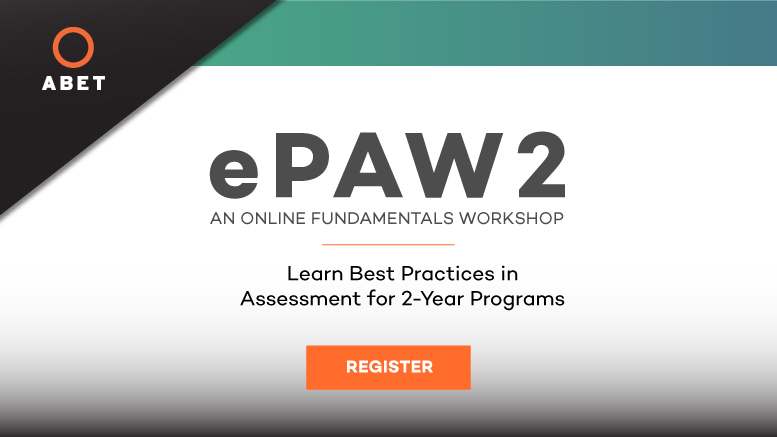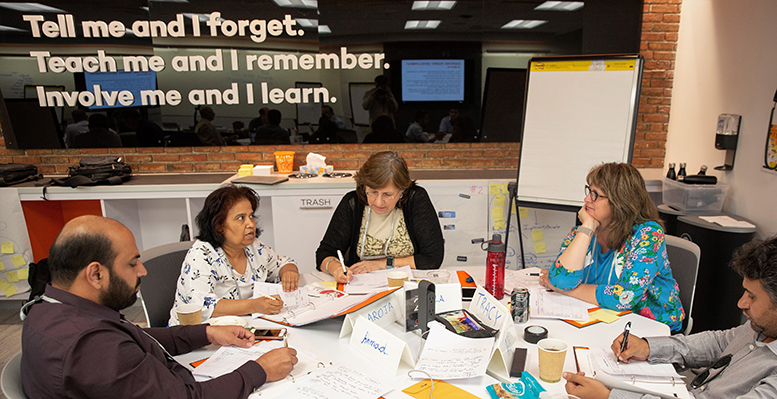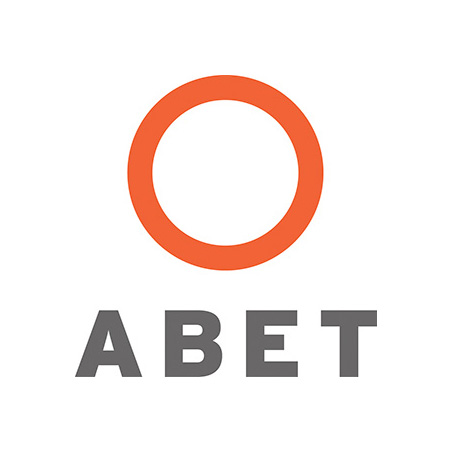Sponsored content
Most academic programs already have assessment processes in place, which are designed to provide evidence students are attaining the program’s learning outcomes. Based on the principles of best practice, here are the top five things to consider when reviewing the effectiveness and sustainability of your program’s assessment processes.
1.) Review the measurability of learning outcomes. Learning outcomes are broadly written, such as “Students will demonstrate effective written communication skills.” To assess student attainment of an outcome, it is necessary to develop a few measurable statements — or performance indicators — which indicate the skill, knowledge or affective performance students are expected to demonstrate as evidence of the attainment of the outcome.
A performance indicator is made up of two parts: a) content of the instruction, and b) an action verb that indicates the level at which the student should demonstrate the content. When assessing the program (not a course), it is not necessary to assess all possible concepts related to the outcome. Therefore, there should be agreement among the faculty as to what student performances best indicate that students are attaining a learning outcome by the end of the program. Be alert for common mistakes when writing performance indicators, including multiple performances in one performance indicator and instances where an action verb does not match the level of expectation by the end of the program.
2.) Utilize your curriculum map. A curriculum map can provide a rich source of information to guide where student performance can be assessed, who should be involved in the evaluation process and what actions can be taken and where improvements can be made. Most programs map learning outcomes to program courses. However, this may not provide the depth of information needed to improve student learning at the program level. That is, although several courses may map to a single learning outcome, e.g., complex problem solving, the principles and concepts taught related to the outcome may be different from one course to another. By mapping the courses at the performance indicator level instead of the broader learning outcomes, a program can identify the extent to which students are getting opportunities to learn, practice and get feedback on the performances related to the program outcome.

3.) Align your assessment methods and measures to your performance indicators. Once your learning outcomes are defined and the curriculum is mapped, it is time to collect some data. Many different assessment methods — techniques faculty use to collect evidence of student performance — and assessment measures — processes used to score student performance — can be used to collect and score student performance. It is important to be sure these are aligned with the level of performance students are expected to demonstrate. If the verb of the performance indicator is at a lower cognitive level (e.g., list, identify, know), a multiple choice, fill in the blanks, true/false exam or quiz might be adequate to provide the evidence of learning. However, these may not provide adequate feedback for higher order skills such as analyze, evaluate or create. It is also possible you will have different levels of performance on different performance indicators related to a single outcome. This is acceptable but requires attention to the assessment methods and measures used.
4.) Review the evaluation process. Evaluation is where the data are transformed into information, knowledge and action for improvement. Those engaged in the evaluation process should be able to take action on the findings. These are the faculty who have courses mapped to the outcomes even if they do not collect any program data. Faculty should discuss the findings, share course strategies related to the performance indicators and identify areas of improvement for student learning. Faculty engagement is key to the continuous improvement of student learning.
5.) Focus on sustainability. When reviewing your assessment practices, look for opportunities to streamline the process. Do not collect data that will not be used and stay focused on the purpose of program assessment, which is to determine the extent to which students have attained the learning outcomes by the time of program completion. For program-level assessment, data do not need to be collected in every course where students demonstrate performance and not every outcome needs to be assessed every year. Program assessment is designed to give feedback on how the program can improve student learning, not to assess individual students or faculty members. Smooth the process out over time to promote robust assessment and evaluation practices and ensure sustainability of the process.
When evaluating the program assessment process, look for opportunities to improve student learning as well as to improve your processes. Look for ways to develop efficient and effective assessment practices that minimize faculty workload and maximize results. By following these steps, you can transform student learning.
Want to learn more about best practices in program assessment? ABET is offering its first online workshop designed specifically for program assessment in two-year programs. ePAW2: A Fundamentals Workshop will begin January 6 with eight weeks of live instruction, one on one time with the instructors, real-world examples and engaging exercises from experienced ABET facilitators. Click here to learn more and register.


